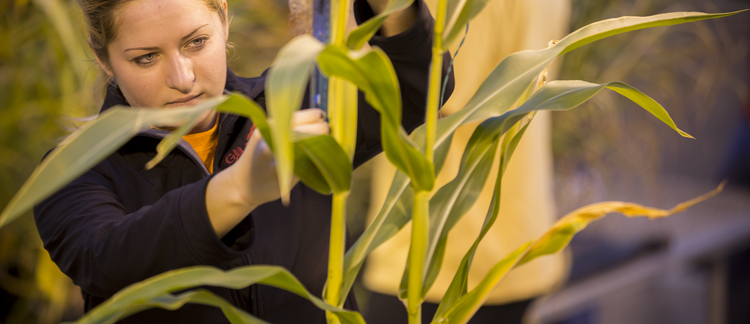Abstract
Drought often results in greater agricultural damage in southern, western, and northeastern Iowa than in the rest of the state. Slight to severe slopes are prone to erosion, and soils high in clay content are slow to drain excess moisture during wet periods and have low amounts of available moisture during periods of drought. The land is predominantly used for livestock production because of the factors that limit the level of productivity in row crop production. Pastures/hayfields typically used in these areas contain cool-season grasses with little tolerance to drought and warm climatic conditions. Even in years of normal temperatures and rainfall, forage productivity in Iowa is often limited by low productivity of cool-season grasses during the summer. Sorghum, sudangrass, and sorghum-sudangrass hybrids are adapted to environments with limited rainfall and high temperatures. Unfortunately, new varieties have not been tested for Iowa conditions.
Keywords: Agronomy
How to Cite:
Wiedenhoeft, M. H., (2003) “Forage Crop Research: Evaluating Forage Species in Iowa for Productivity during Drought Conditions”, Iowa State University Research and Demonstration Farms Progress Reports 2002(1).
Downloads:
Download pdf
View PDF
258 Views
93 Downloads

